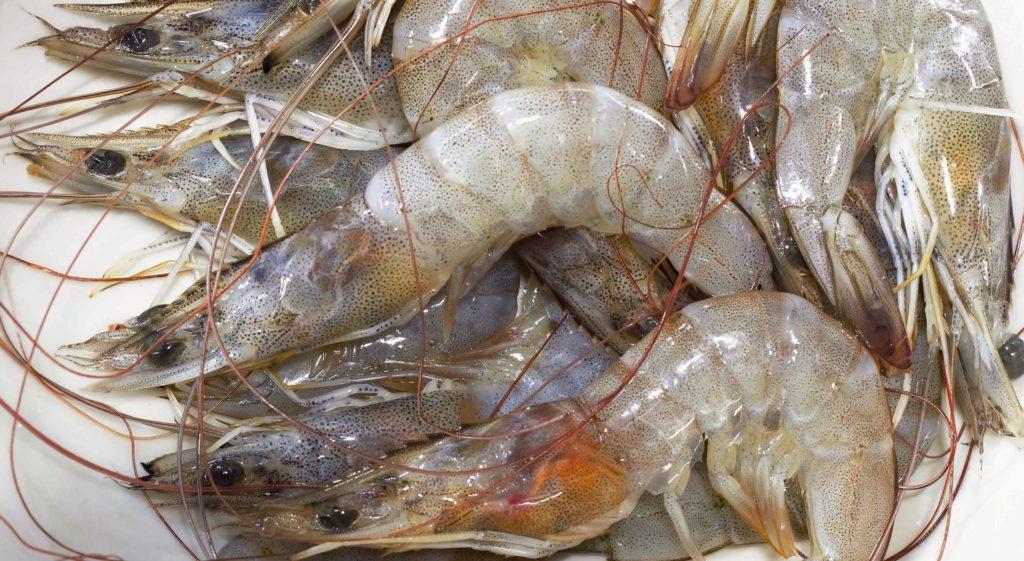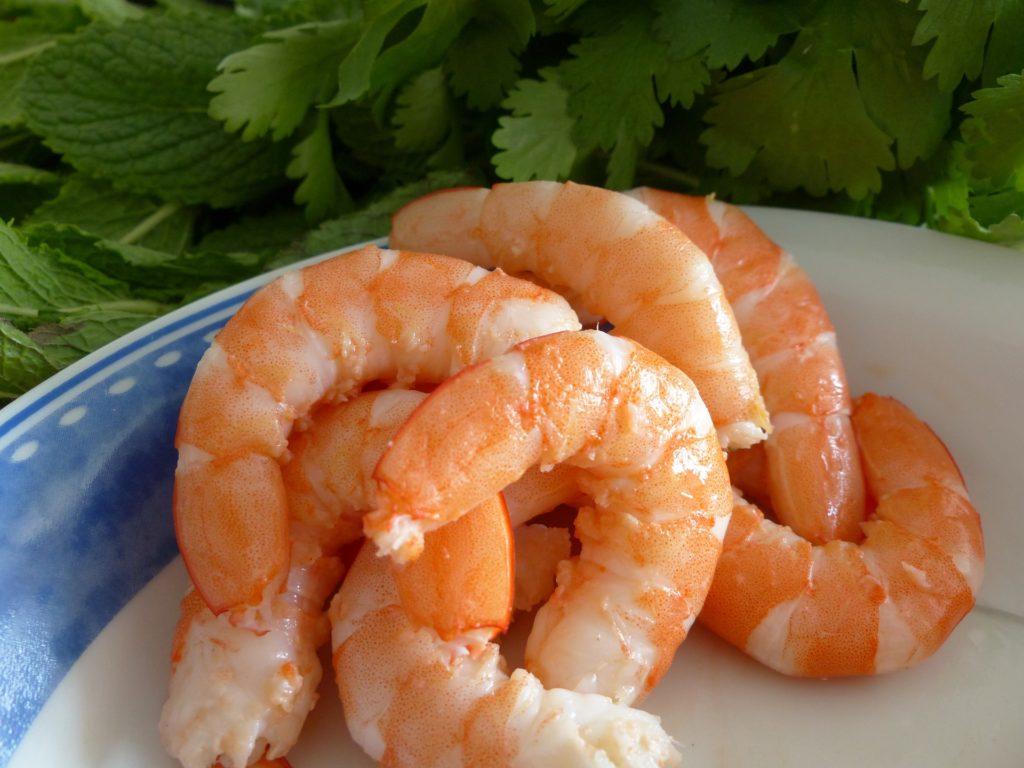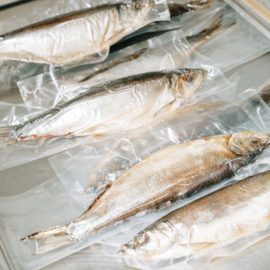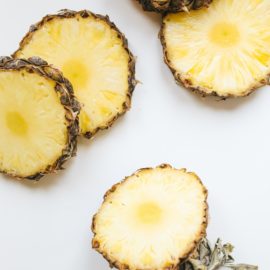
Have you ever observed how cooked shrimps change in color? This change can be both fascinating and delicious. This color change also occurs in other crustaceans such as crabs and lobsters. But why does this alteration occur, and how does it modify the flavor and consistency of your shrimp?
Uncooked shrimp can come in a variety of colors depending on the species, but they are typically transparent with a grayish-green or bluish hue. Shrimp flesh can have a light gray or pinkish-gray appearance. But as the shrimps cook, they turn pink or orange, thanks to a natural pigment called astaxanthin.
Let’s look more closely.
THE SCIENCE BEHIND THE COLOR CHANGE IN COOKED SHRIMPS
Thanks to the Maillard reaction and caramelization, most foods cook to an enticing brown hue. However, the color shift in crustaceans like shrimp is a quite different phenomenon. Shrimps are translucent and light blue when they are fresh. Their color changes to a tasty brilliant orange when they are cooked.
You might also like: Why You Should Buy Shrimp With Their Heads Removed
The reason for this color change is astaxanthin pigment that crustaceans contain.
What is astaxanthin?
The group of pigments known as carotenoids includes the pigment astaxanthin. Salmon and carrots both have an orange color because of the same pigment. The food of crustaceans and other marine species provides this pigment. Crustaceans consume astaxanthin-containing plankton and algae for food. In their skin and shell, astaxanthin accumulates over time. The exact reason why crustaceans store this pigment is unknown. But if they are in shallow waters, it may protect them from the sun’s ultraviolet radiation. When alive, crustaceans camouflage their orange-pink hue to avoid being seen by predators. Here’s how the orange color becomes visible.
The chemical reaction between astaxanthin and protein
Shrimps’ astaxanthin molecules are altered by heat during cooking, changing how they reflect light. Astaxanhin molecules in raw shrimp are linked to proteins to create crustacyanin, a carotenoprotein pigment. Crustaceans’ bodies produce carotenoprotein while they are alive. It conceals astaxanthin while controlling and obstructing it. This stops light from reflecting, giving the crustacean its blue hue and translucent appearance. The animal can camouflage itself from predators in this way.

However, the link between the two molecules is disrupted when shrimps are cooked. The proteins in the shrimps lose their structure when they are exposed to high temperatures, which causes the astaxanthin molecules to which they are attached to be released. Now that they are liberated, these pigment molecules reflect light in a way that gives cooked shrimp its bright pink or orange hue. Therefore, color can be used to determine whether shrimp have already been heated.
The amount of color change can be influenced by a variety of elements, such as the type of shrimp used, the cooking method, and denatured proteins. For instance, boiling or steaming shrimp can result in an orange color that is more consistent than grilling or sautéing, which can sometimes generate an irregular color pattern. It should be emphasized, however, that in the case of cooked shrimps, a change in color should not be taken as a sole indicator of doneness. Prior to being fully cooked, the color of larger shellfish, including lobster and crab, will change. The flesh of cooked shrimps should be opaque, solid, and white.
The cooking time and temperature will determine how much protein has been denatured.
Also, the natural color of some species of shrimp is darker than that of other species, which can affect how much the color changes after they are cooked.
COOKING SHRIMPS ACCORDING TO SCIENCE
The color change will be more noticeable at higher cooking temperatures and for longer cooking times. But cooking shrimps is more than just the change in color. The heat also changes the shrimp’s flavor and texture.
You might also like: Farmed And Wild Salmon: 3 Things To Know
Shrimp’s tougher texture is also a result of the heat-induced denaturation and coagulation of protein. In general, this is beneficial. Overcooking should be avoided, though, since it might result in a rubbery texture and an unappealing flavor. Shrimp’s degree of curling is one indicator of doneness. Once cooked, the shrimp starts to coil up. If you overcook them, they will continue to form small, tight balls, and the texture won’t be as juicy as you prefer. Once more, proteins are involved in this alteration because they reduce their ability to bind water as they age.
The shrimp’s flavor is likewise changed by the color shift, becoming sweeter and savorier. This is because the breakdown of complex carbohydrates produces simpler sugars, which are easier for our taste senses to detect. Compared to mollusks or fish, cooked shrimp has a slightly different aroma profile. The chemicals pyrazine and thiazole are particularly the reason for this.
Cook the shrimp in their shells to bring out the greatest flavor. It has been noted that cooking crustaceans in their shells improves their flavor. This is because a concentrated mass of protein, sugar, and color molecules also makes up the shell. Thus, it may flavor the body’s exterior layer while lessening the leaching of flavorings from the flesh.
To preserve the color and texture of shrimp once it has been cooked, serve it right away. Add a squeeze of lemon or fresh herbs as a garnish for taste and aesthetic appeal.


